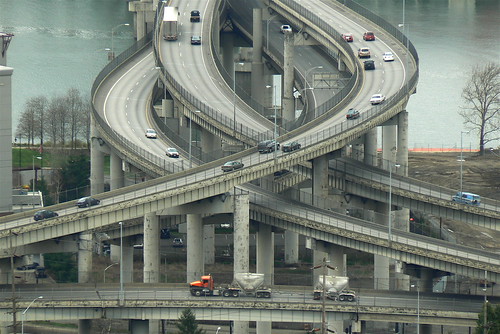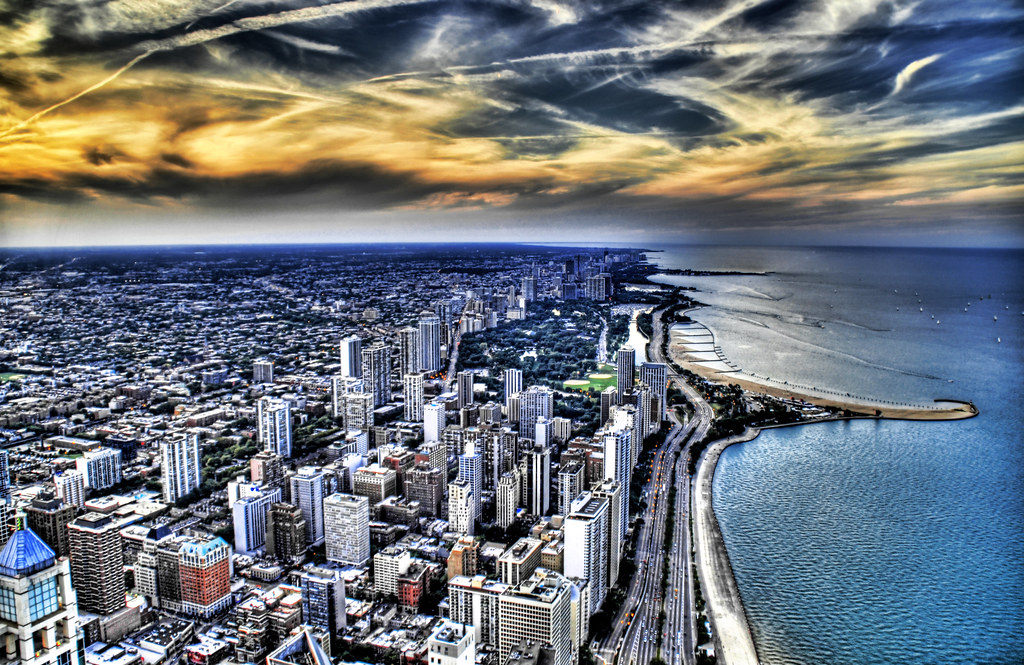
Last year I came up with a couple of posts of my favorite places I have been to eat and favorite places I would want to go to to eat. Well, it’s been a year, and both lists have changed a little bit. I’ve updated where I would like to go by adding a few restaurants that I have heard about in the last year and deleting a few that just shouldn’t have been on last time. I don’t know how much longer I will be in the city so I have titled it: “The restaurants I would like to go to before I leave Chicago.” For the restaurants that I have listed as my favorites they represent some of the best food I have had in this city. Many of the places are hole-in-the-wall hot dog and hamburger joints others are bustling tourist traps, but all of them are unique places that serve excellent food.
The restaurants I would like to go to before I leave Chicago:
Five Guys2140 N Clybourn
Why: Although a chain they do serve up some of the best burger and fries you can find
Monk’s Pub205 W Lake St
Why: It was rated as having one of the best burgers. Plus, it just looks like a great place to hang out
Julius Meinl4363 N Lincoln Ave
Why: My sources say this place is great. And my sources don’t lie.
Chief O’Neill’s Pub3471 N Elston
Why: Two words: Irish Pub
Paradise Pup1724 S River Rd, Des Plaines
Why: Because 1) they serve hot dogs 2) It’s a hole in the wall 3) It’s close
Kuma’s Corner2900 W Belmont
Why: They seem to have good burgers
Huey’s Hot Dogs1507 W Balmoral
Why: Because 1) they serve hot dogs 2) It’s a hole in the wall 3) It’s close
Jury’s4337 N Lincoln Ave
Why: They always seem to be rated as having one of the best burgers. Plus, I pass it every time I go to the grocery store
Boca di Beppo521 N Rush St
Why: I said I would go here with someone
Chicago Pizza and Oven Grinder Co.2121 N Clark St
Why: Because they have pizza and grinders. The sign says so
Abbey Pub3420 W Grace
Why: Music and food
Costello Sandwich and Sides4647 N Lincoln Ave
Why: They just look like they have great sandwiches
La Creperie2845 N Clark
Why: Crepes
Milk & Honey Café1543 N Damen
Why: They just look like they have great sandwiches
Anything Indian
Why: Because I love Indian and I haven’t had it in the city yet
Good Cuban food
Why: Because I have been craving good Cuban food ever since my trip to FL
Honorable mentions:Bobtail Soda FountainCafé BernardHeaven on SevenPark GrillRosebud on RushI would go back to in a heart beat:404 Wine BarWhy: The have great food and a great atmosphere
Boston Blackie’sWhy: The best burger in town
Café Ba-Ba-Reeba!Why: Tapas, Tapas, Tapas!
CaloWhy: Great Italian food surrounded by a great atmosphere
Celtic CrownWhy: Great hang out spot. Plus $2 burgers on Mondays
Cyrano’s BistroWhy: Because some of my greatest memories are here. Plus their French food is killer
Elphant CastleWhy: Because the English know how to run a pub
Garcia’s RestaurantWhy: Because the burritos are big and the drinks go down easy
Geja’s CaféWhy: Best fondue ever!
Gino’s EastWhy: Even though it is touristy, there is writing on everything and they make great pizza
Giordano’sWhy: Because it is hard to pass up Giordano’s
Hot Doug’sWhy: It’s a fun place to be. Plus they are cheap and give you a huge amount of fries
Jimmy’s Red HotsWhy: They have the best hot dog in town
Lou Malnati’sWhy: The epitomize what is Chicago
Manny’s Coffee Shop & DeliWhy: It’s got history, it’s got great Jewish food, and they make the best corned beef sandwich
Moody’s Pub Why: A great burger
Noon O’KabobWhy: They make great Persian food
Pizza DOCWhy: Awesome pizza
Rockwell’s Neighborhood GrillWhy: Great family friendly bar that is off the main street that carries a great burger
SuperdawgWhy: They are an icon of Chicago hot dogs. Plus, you can’t pass up their chocolate shake
Tre KronorWhy: Because I wouldn’t want to be anywhere else for a brunch
The Weiner CircleWhy: It’s one of a kind
Yes ThaiWhy: Yes Thai
 I walked to downtown last weekend. It’s about an eleven mile walk. Not really a far distance when you can drive or even bike. But, when you walk – yeah it’s a long distance. It was a nice sunny Saturday morning and afternoon. The temperature was probably around the mid 80s. A little hot, especially since it has been such a cold summer. We were going to walk the lakeshore to downtown but then decided that we walk downtown under the shade of the trees and we could keep cooler that way. It worked. Couldn’t have done that in the ‘burbs. We packed lightly for the walk – two water bottles and some granola bars and headed out the door.
I walked to downtown last weekend. It’s about an eleven mile walk. Not really a far distance when you can drive or even bike. But, when you walk – yeah it’s a long distance. It was a nice sunny Saturday morning and afternoon. The temperature was probably around the mid 80s. A little hot, especially since it has been such a cold summer. We were going to walk the lakeshore to downtown but then decided that we walk downtown under the shade of the trees and we could keep cooler that way. It worked. Couldn’t have done that in the ‘burbs. We packed lightly for the walk – two water bottles and some granola bars and headed out the door.





























